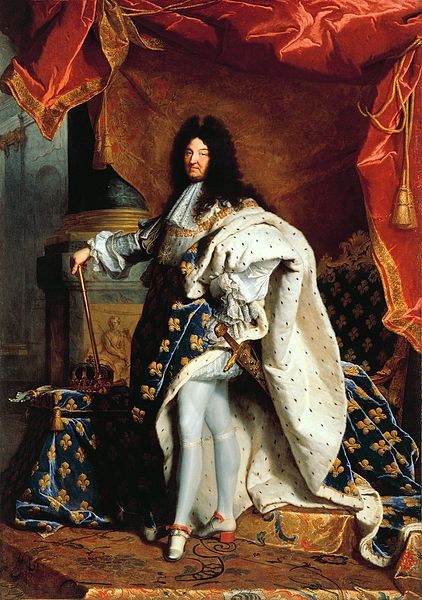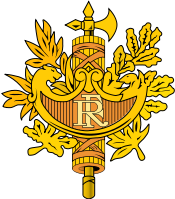Background History

Ancient France was ruled by the Greeks, followed by the Roman and Celtic Gauls. Upon the fall of these earlier civilizations and the various masses of migrations by the Germanic Franks, the Kingdom of France eventually emerged under the rule of Charlemagne's Carolingian Empire. During the Hundred Year's War, France survived a siege by the British, and afterwards was able to emerge as a growing power in Europe. It was during the time of the Bourbon dynasty and the reign of the absolutist "Sun King", Louis XIV, that several great pieces of art were painted. Many of these were commissioned by the King to celebrate his greatness. Regardless, the styles of painting that became popular during this time would serve as the main inspiration for future works of art.

Notice the use of colors and how they contrast; one can understand the uttter decadence of French royalty just by looking at the bright reds, blues, and gold depicted on the various fabrics. His very expression and posture exemplify his position as a ruler. He looks at the painter, well aware of his status as the master. The official title for this piece was "Louis XIV", by Hyacinthe Rigaud (1701).
